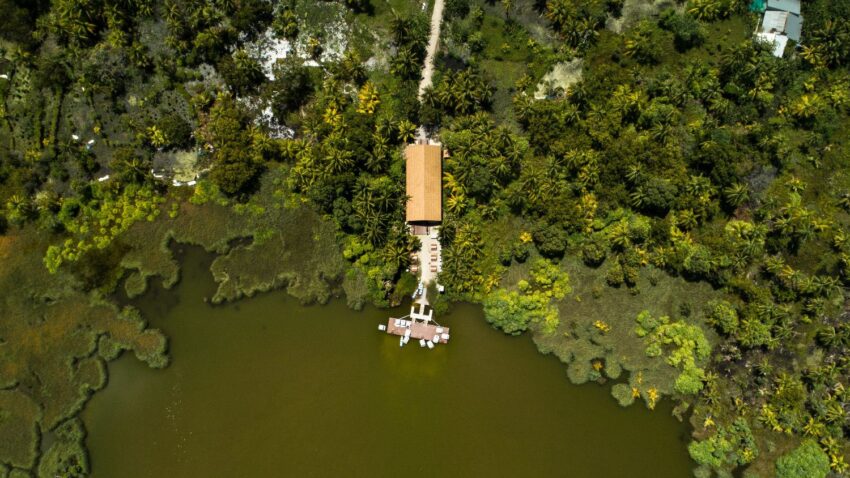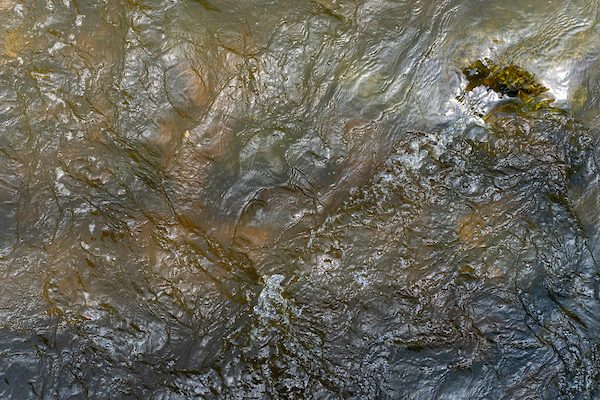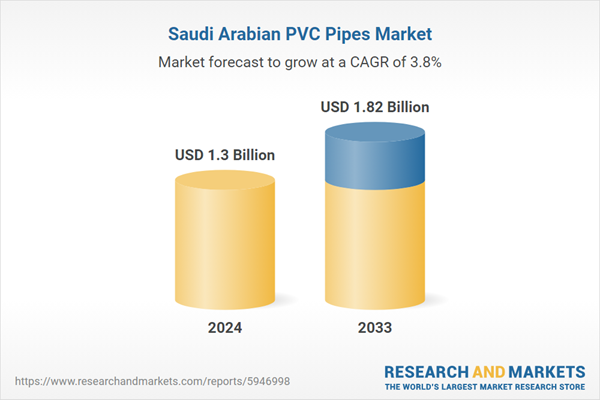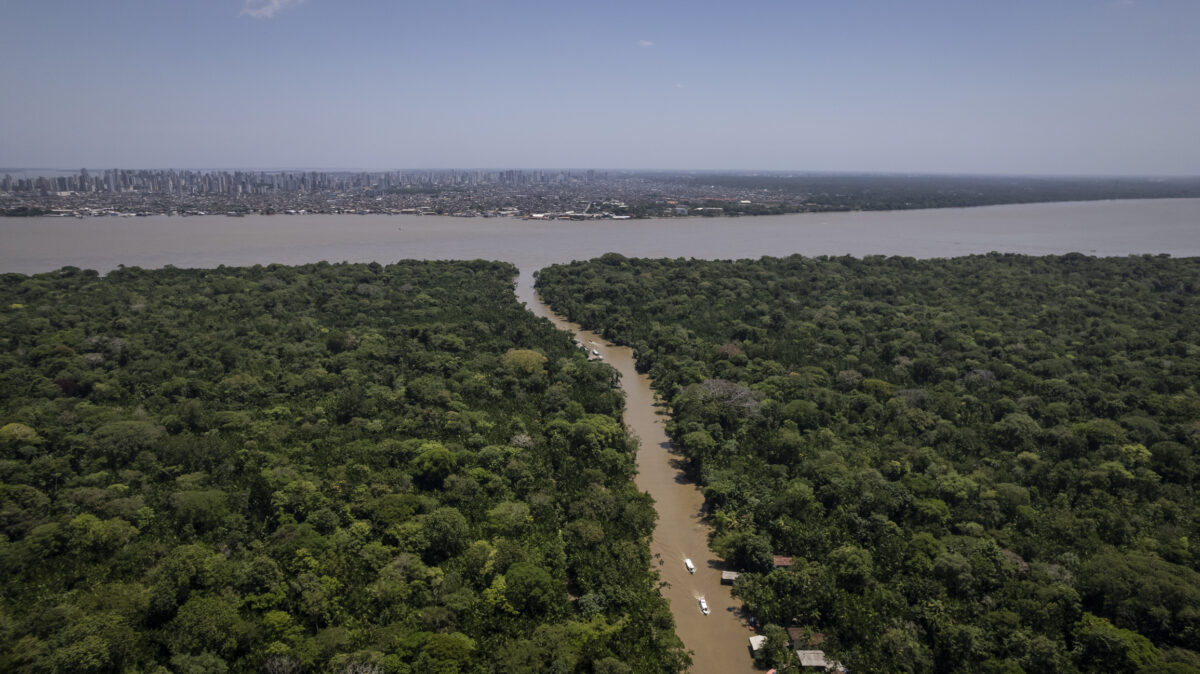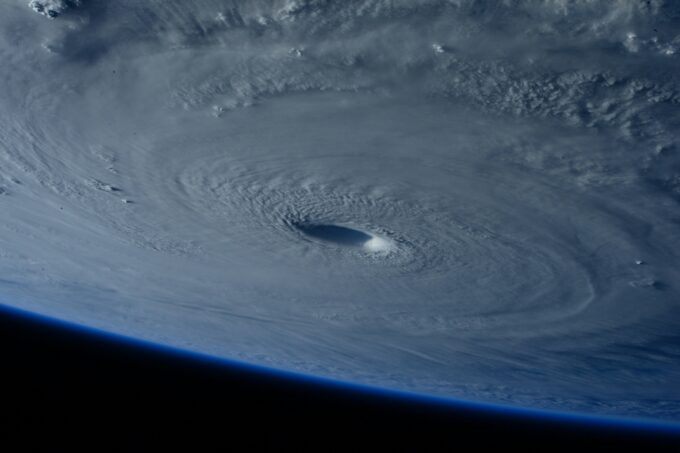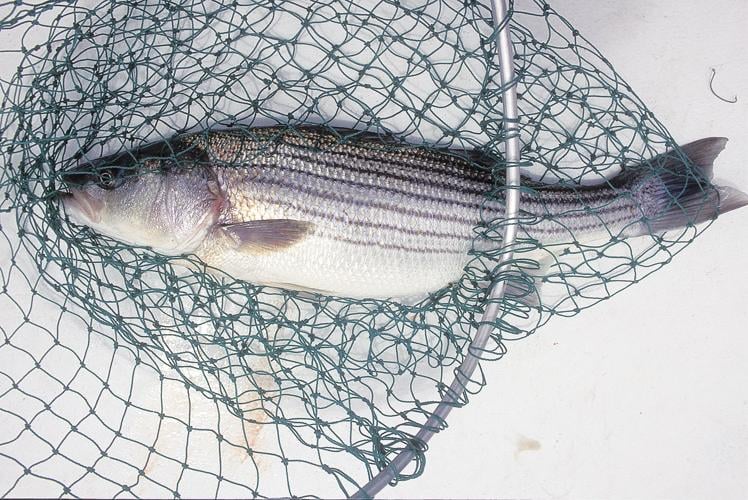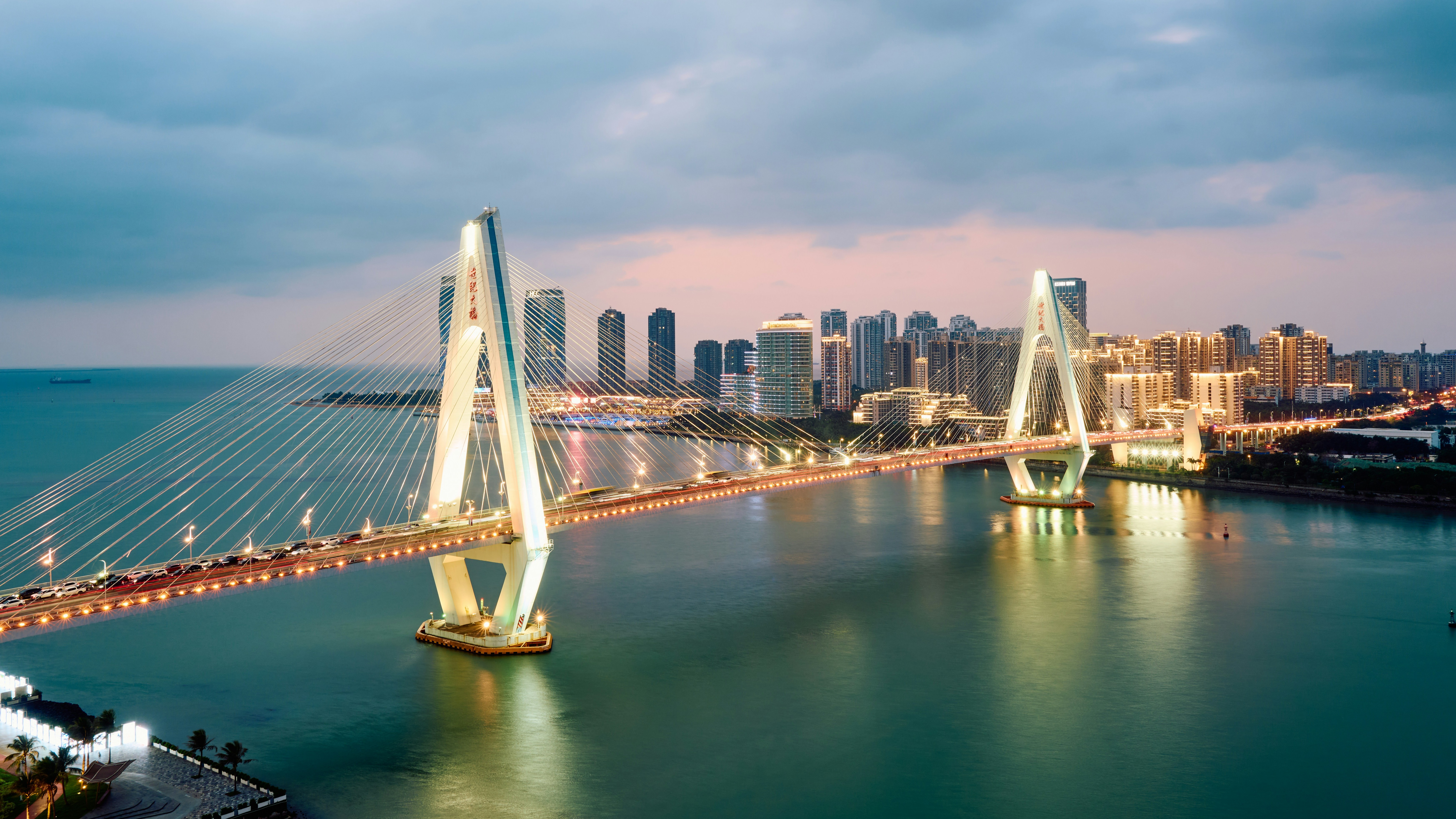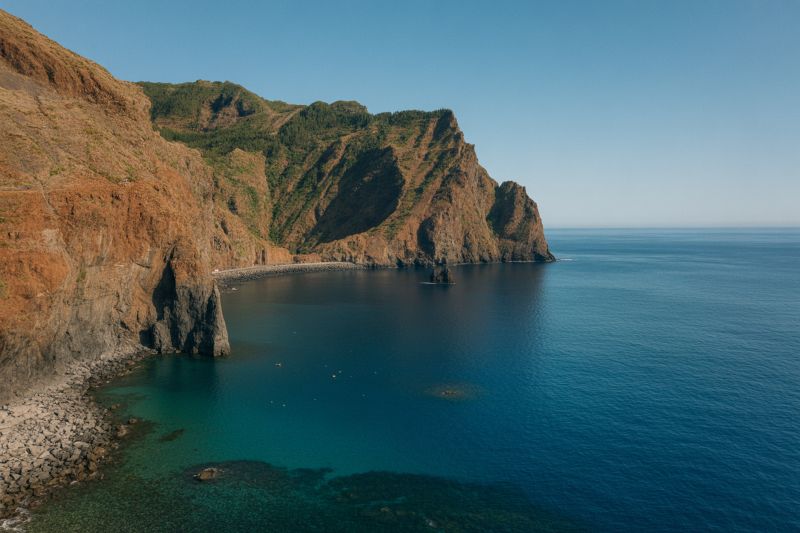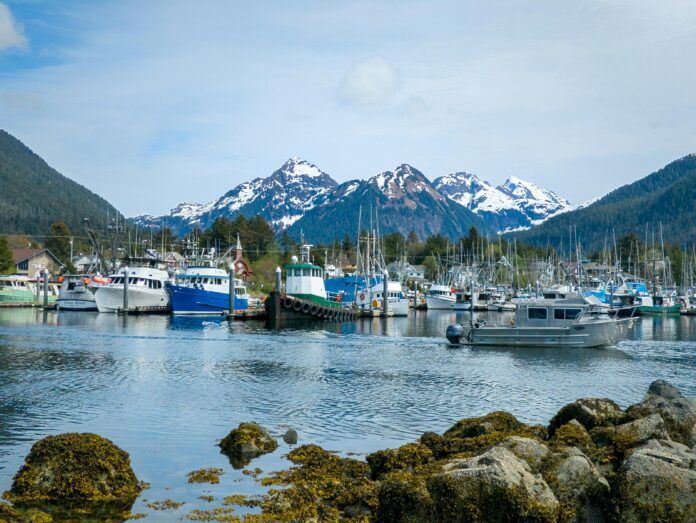China’s marine economy rides tide of innovation into greener seas – China Daily

Report on China’s Marine Economy and its Contribution to Sustainable Development Goals
China’s marine economy, valued at over 10 trillion yuan ($1.4 trillion) and constituting approximately 7.8 percent of the nation’s GDP, is advancing as a key driver of economic growth and sustainable development. With a year-on-year expansion of 5.9 percent in 2024, the sector’s growth is outpacing the overall economy. National policy has prioritized the marine economy’s high-quality development, focusing on a strategic framework that aligns with the United Nations’ Sustainable Development Goals (SDGs).
The strategic focus encompasses five key areas:
- Innovation-driven growth
- Efficient coordination
- Industrial renewal
- Harmony between humanity and marine ecosystems
- International win-win cooperation
These priorities directly support progress on several SDGs, including SDG 14 (Life Below Water), SDG 9 (Industry, Innovation, and Infrastructure), SDG 7 (Affordable and Clean Energy), SDG 8 (Decent Work and Economic Growth), SDG 12 (Responsible Consumption and Production), SDG 3 (Good Health and Well-being), and SDG 17 (Partnerships for the Goals).
Fostering Innovation for Sustainable Industrial Growth
Technological innovation is central to the sustainable development of China’s marine economy, driving advancements in emerging industries and clean energy infrastructure, thereby contributing to SDG 9 and SDG 8.
Advancements in Marine Biotechnology and Health (SDG 3 & SDG 9)
- The Marine Biomedical Research Institute of Qingdao is advancing the development of pharmaceuticals from marine compounds, with the new anti-tumor drug, BG136, entering Phase II clinical trials.
- The “blue medicine bank” initiative is being promoted to establish a comprehensive research, development, and commercialization system for marine pharmaceuticals.
- In 2024, the value-added output of emerging marine industries, including marine medicine and bioproducts, grew by 7.2 percent year-on-year.
Expansion of Clean Energy Infrastructure (SDG 7 & SDG 9)
- In the Beibu Gulf, Guangxi’s first offshore wind power plant, the Fangchenggang demonstration site, is now fully connected to the grid, contributing to affordable and clean energy targets.
- The facility utilizes over 80 offshore wind turbines to generate clean electricity from sea breezes.
- The adoption of intelligent systems is enhancing inspection efficiency and facilitating a transition towards unmanned, intelligent operations in the renewable energy sector.
Green Transformation and Conservation of Marine Ecosystems
A significant green transformation is underway across the marine economy, with a strong focus on sustainable production and the protection of marine life, directly addressing SDG 14 and SDG 12.
Sustainable Shipbuilding and Production (SDG 9 & SDG 12)
- Shipbuilding is shifting towards smarter and greener models. Guangzhou Shipyard International has commenced construction of a large LNG dual-fuel car carrier, which operates on both fuel oil and natural gas.
- Green, high-value vessels constitute 80 percent of the company’s current order book, with deliveries scheduled through 2028.
- In 2024, newly secured orders for green vessels in China accounted for 78.5 percent of the global market share, demonstrating a commitment to responsible production patterns.
Protecting Life Below Water through Digital Monitoring (SDG 14)
Coastal cities are leveraging digital technologies to monitor and protect marine ecosystems, leading to measurable improvements in water quality. In 2024, 83.7 percent of China’s coastal waters met the good water quality standard.
- Dongying: A digital registry has been established for all 629 coastal discharge outlets, using aerial mapping and remote sensing for real-time monitoring to prevent pollution.
- Shenzhen: Drone-based spectral imaging is employed in Dapeng Bay for comprehensive water quality monitoring.
- Xiamen: AI-powered video systems are used to track floating marine debris, enabling more efficient and targeted clean-up operations.
Combating Marine Plastic Pollution (SDG 14 & SDG 12)
- The “Blue Circle” marine plastic recycling program, launched in Zhejiang in 2020, provides a model for marine plastic waste recovery.
- The program utilizes blockchain and the Internet of Things to track plastic from collection to resale, ensuring transparency and accountability.
- With support from over 60,000 participants, the project has recovered more than 19,200 tons of waste and was recognized with the UN’s Champions of the Earth award in 2023.
Global Cooperation and Partnerships for the Goals (SDG 17)
China is actively expanding its role in global marine cooperation, sharing expertise and contributing to international environmental efforts. At the UN Ocean Conference in June, the country’s marine conservation initiatives received praise for advancing international collaboration.
Jack Hurd, Executive Director of the Tropical Forest Alliance at the World Economic Forum, highlighted China’s progress in several key areas that support global sustainability objectives:
- Establishment of marine protected areas
- Wetland conservation
- Enhanced coastal patrols
- Investment in ecological restoration and sustainable practices
These efforts underscore a commitment to SDG 17 by fostering partnerships to achieve shared environmental goals on a global scale.
Analysis of Sustainable Development Goals in the Article
1. Which SDGs are addressed or connected to the issues highlighted in the article?
-
SDG 7: Affordable and Clean Energy
- The article discusses China’s development of offshore wind power, such as the Fangchenggang demonstration site, which captures sea breezes to “generate clean electricity.” This directly contributes to increasing the share of renewable energy.
-
SDG 8: Decent Work and Economic Growth
- The article highlights the significant economic contribution of China’s marine economy, noting it is a “10-trillion-yuan ($1.4 trillion) powerhouse” that expanded by “5.9 percent year-on-year in 2024, outpacing overall economic growth.” This focus on economic productivity and growth aligns with SDG 8.
-
SDG 9: Industry, Innovation, and Infrastructure
- A central theme is the “strong tides of innovation” driving the marine economy. The article provides examples of technological advancement in marine biopharma (drug BG136), high-end offshore equipment, and the shift towards “smarter and greener shipbuilding,” which reflects the goal of building resilient infrastructure and fostering sustainable industrialization.
-
SDG 12: Responsible Consumption and Production
- The move towards green shipbuilding, with vessels that “run on both fuel oil and natural gas” (LNG dual-fuel), and the “Blue Circle” marine plastic recycling program are direct examples of promoting sustainable production patterns and managing resources efficiently.
-
SDG 14: Life Below Water
- This is a primary focus of the article. It details numerous efforts to “conserve and sustainably use the oceans,” including monitoring coastal discharge outlets, using technology to monitor water quality and track marine debris, and large-scale plastic recycling programs. The article explicitly mentions achieving “harmony between human and the sea.”
-
SDG 17: Partnerships for the Goals
- The article mentions China’s expanding role in “win-win cooperation” and its participation in the “UN Ocean Conference held in Nice, France.” The praise from international partners like the World Economic Forum for sharing environmental expertise underscores the commitment to global partnerships for sustainable development.
2. What specific targets under those SDGs can be identified based on the article’s content?
-
Target 7.2: By 2030, increase substantially the share of renewable energy in the global energy mix.
- This is addressed by the development and grid connection of offshore wind power plants, such as the “Fangchenggang demonstration site,” which directly increases the generation of clean, renewable electricity.
-
Target 8.2: Achieve higher levels of economic productivity through diversification, technological upgrading and innovation.
- The article states that the marine economy’s growth is driven by “strong tides of innovation” and that policymakers are focused on “innovation-driven growth.” The expansion of emerging sectors like “marine medicine, bioproducts, and high-end offshore equipment manufacturing” exemplifies this target.
-
Target 9.5: Enhance scientific research, upgrade the technological capabilities of industrial sectors…
- This is demonstrated by the “blue medicine bank” initiative, which aims to build a “full-chain R&D and commercialization system for marine pharmaceuticals,” and the development of a new anti-tumor drug (BG136) that has entered Phase II clinical trials.
-
Target 12.2: By 2030, achieve the sustainable management and efficient use of natural resources.
- The construction of LNG dual-fuel car carriers, which are more environmentally friendly, and the “Blue Circle” program that recycles marine plastics, are direct efforts towards more sustainable management of resources.
-
Target 14.1: By 2025, prevent and significantly reduce marine pollution of all kinds, in particular from land-based activities, including marine debris and nutrient pollution.
- This target is directly addressed through multiple initiatives mentioned: establishing a “digital registry for all 629 coastal discharge outlets,” using AI to track “floating marine debris,” and the “Blue Circle” program which has “recovered over 19,200 tons of waste.”
-
Target 14.2: By 2020, sustainably manage and protect marine and coastal ecosystems to avoid significant adverse impacts…
- The use of “drone-based spectral imaging” for water quality monitoring in Shenzhen and the mention of progress in “marine protected areas, wetland conservation, coastal patrols, and investment in ecological restoration” align with the goal of protecting marine ecosystems.
-
Target 17.6: Enhance North-South, South-South and triangular regional and international cooperation on and access to science, technology and innovation…
- China’s participation in the UN Ocean Conference and the praise received for “advancing international collaboration and sharing environmental expertise” reflect efforts to strengthen global partnerships in marine science and conservation.
3. Are there any indicators mentioned or implied in the article that can be used to measure progress towards the identified targets?
- Indicator for Target 8.2: The annual growth rate of the marine economy (“5.9 percent year-on-year in 2024”) and the growth rate of emerging marine industries (“7.2 percent year-on-year in 2024”).
- Indicator for Target 9.4/12.2: The market share of green vessels in new orders (“newly secured orders for green vessels last year accounting for 78.5 percent of the global market share”).
- Indicator for Target 9.5: The progress of R&D projects, such as the new anti-tumor drug “BG136” entering “Phase II clinical trials.”
- Indicator for Target 14.1: The percentage of coastal waters meeting quality standards (“83.7 percent of China’s coastal waters met the good water quality standard in 2024”).
- Indicator for Target 14.1: The volume of marine plastic waste recovered and recycled (“The ‘Blue Circle’ … having recovered over 19,200 tons of waste”).
- Indicator for Target 17.6: Participation in and recognition from international forums (e.g., the “UN Ocean Conference” and praise from the “World Economic Forum”).
4. Table of SDGs, Targets, and Indicators
| SDGs | Targets | Indicators |
|---|---|---|
| SDG 7: Affordable and Clean Energy | 7.2: Increase the share of renewable energy. | Development and grid connection of offshore wind power plants (e.g., Fangchenggang demonstration site). |
| SDG 8: Decent Work and Economic Growth | 8.2: Achieve higher economic productivity through innovation. | Marine economy growth rate (5.9% in 2024); Growth of emerging marine industries (7.2% in 2024). |
| SDG 9: Industry, Innovation, and Infrastructure | 9.5: Enhance scientific research and upgrade technological capabilities. | Advancement of marine drug BG136 to Phase II clinical trials; “Blue medicine bank” initiative. |
| SDG 12: Responsible Consumption and Production | 12.2: Achieve sustainable management and efficient use of natural resources. | Share of new green vessel orders (78.5% of global market share). |
| SDG 14: Life Below Water | 14.1: Prevent and reduce marine pollution. | Percentage of coastal waters with good quality (83.7%); Tons of plastic waste recovered (19,200 tons). |
| 14.2: Sustainably manage and protect marine and coastal ecosystems. | Use of digital technologies (drones, AI) for monitoring; Investment in marine protected areas and restoration. | |
| SDG 17: Partnerships for the Goals | 17.6: Enhance international cooperation on science, technology, and innovation. | Participation in the UN Ocean Conference; Praise from the World Economic Forum for sharing expertise. |
Source: chinadaily.com.cn

What is Your Reaction?
 Like
0
Like
0
 Dislike
0
Dislike
0
 Love
0
Love
0
 Funny
0
Funny
0
 Angry
0
Angry
0
 Sad
0
Sad
0
 Wow
0
Wow
0
























